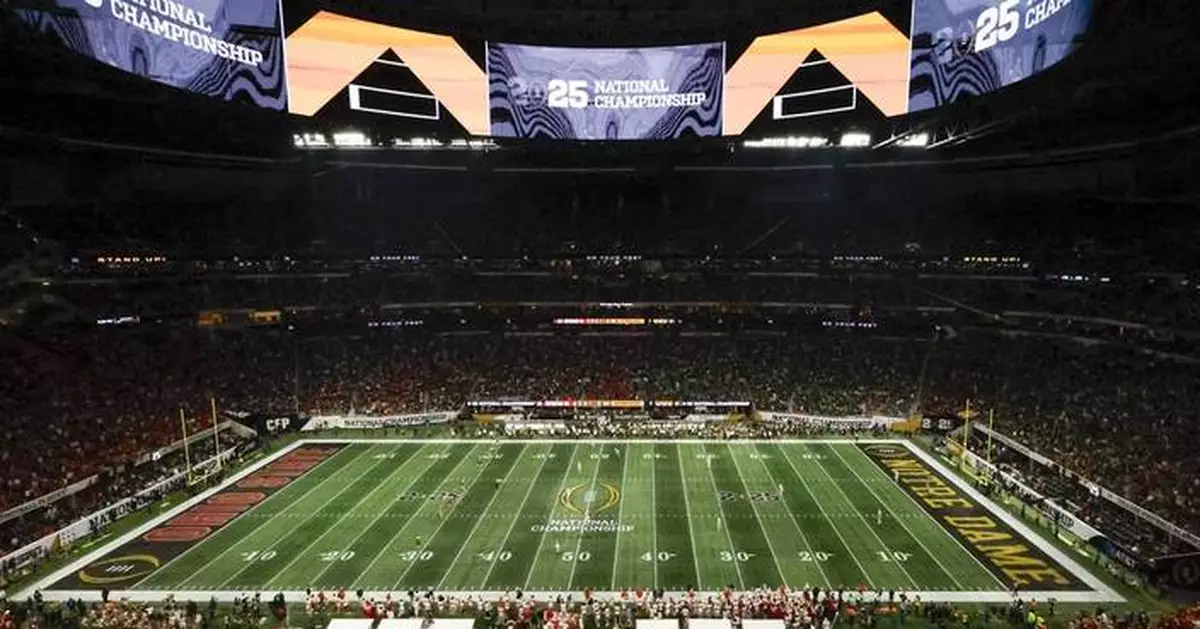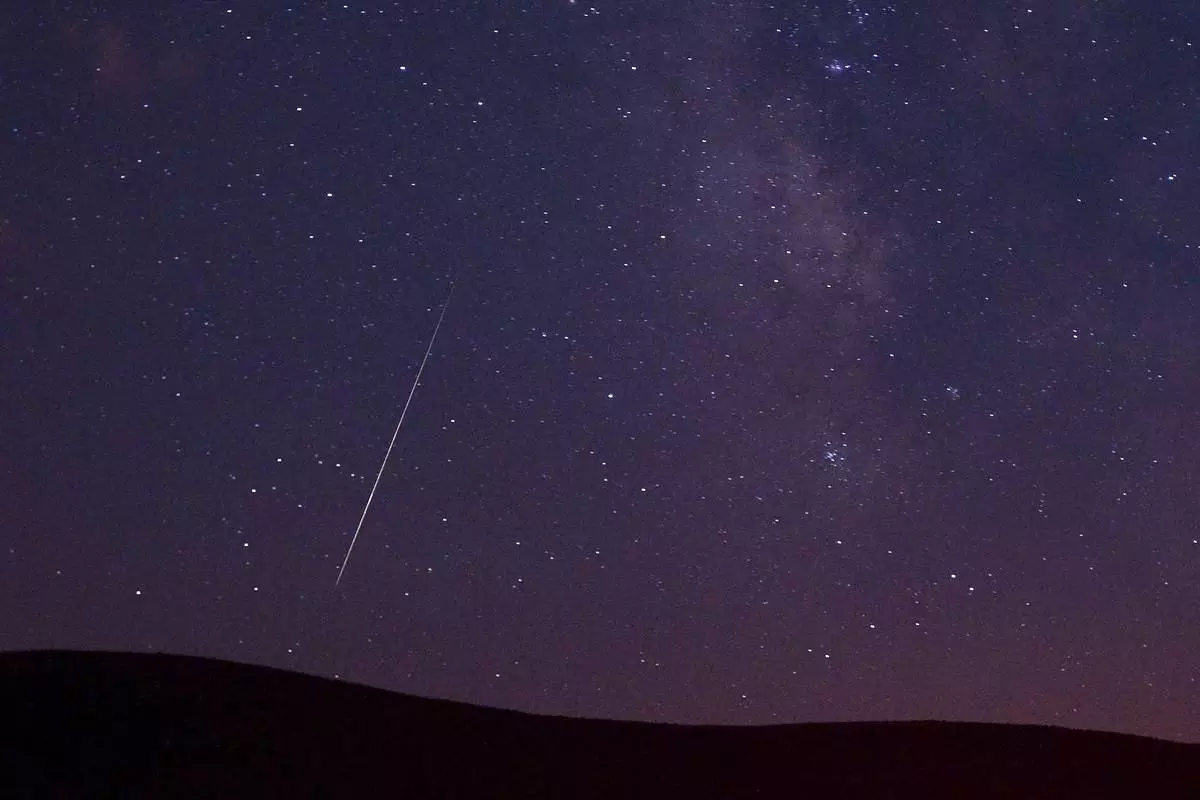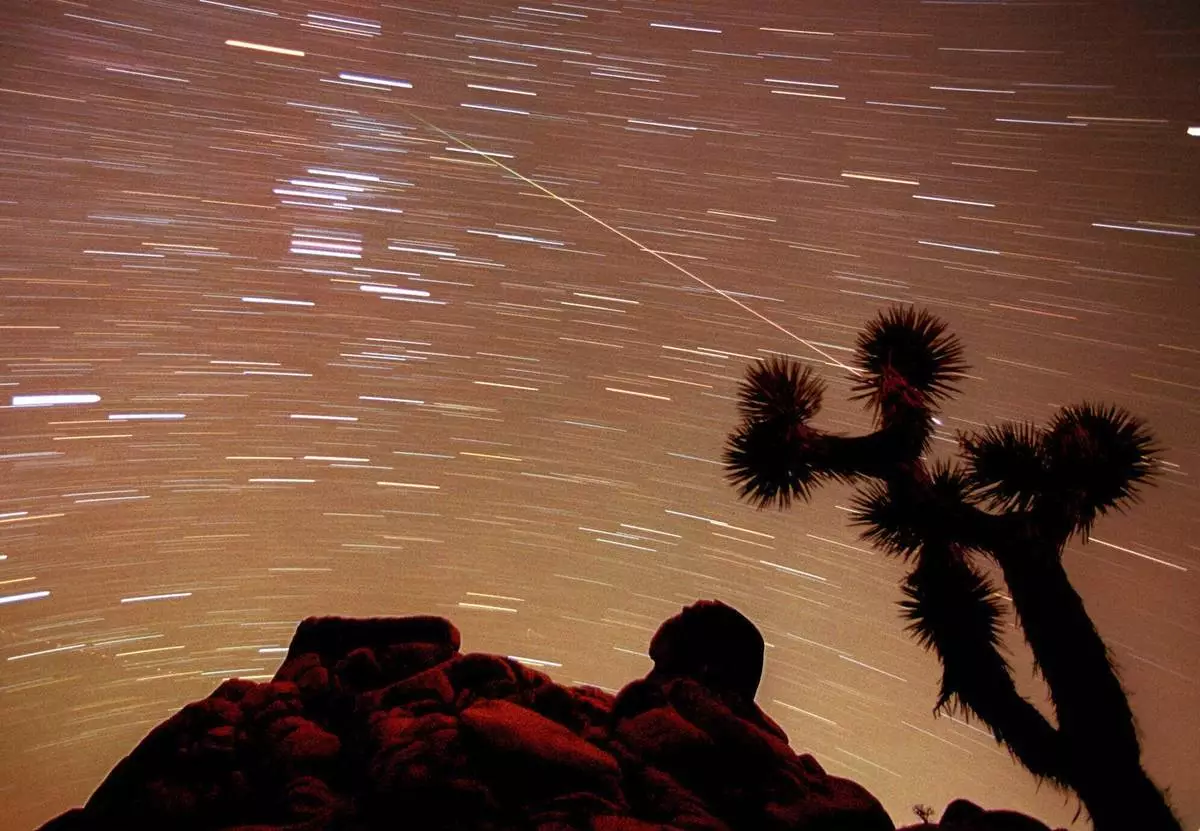The NCAA Playing Rules Oversight Panel gave final approval to a rule designed to discourage football players from faking injuries to stop the game clock, the NCAA announced Thursday.
Beginning this season, if medical personnel go onto the field to evaluate a player with an apparent injury after the ball is spotted for the next play, that player’s team will be charged a timeout. If the team does not have timeouts remaining, a 5-yard delay-of-game penalty will be assessed.
Feigning injuries, sometimes at the coach’s instruction, had become a tactic defenses use to slow down tempo offenses or as a way for an offense to avoid a delay-of-game penalty or get an extra timeout.
The NCAA Football Rules Committee has been concerned about feigned injuries for several years. Before the 2021 season, a framework was put in place that allows a school or conference to request a postgame video review regarding questionable actions involving injuries. If it is determined a player faked an injury to manipulate the rules, the offending team’s conference was notified for possible disciplinary action.
A change to overtime timeouts also was approved. Beginning with a third overtime, each team will have one timeout for the duration of the game. Previously, teams were allotted one timeout for each overtime. Beginning in the third overtime, teams alternate running 2-point plays until a winner is decided.
There will be change in verbiage when the decision on a video review is announced. The referee will only say that the call on the field is “upheld” or “overturned.” The terms “confirmed” and “stands” will not be used.
There also were a couple tweaks to kick and punt formations. No offensive player will be allowed in the direct line of the snap to the potential kicker or within the frame of the snapper on punts for the formation to qualify as a scrimmage kick formation. If a team is not in scrimmage kick formation, it must have five players numbered 50 through 79 on the line of scrimmage. Additionally, if the snapper is on the end of the line by formation, the snapper will lose scrimmage kick protection and the opposition can line a player over the snapper.
If any player on a kickoff-return team makes a “T” signal with his arms during the kick, the team gives up the right to return the kick and the play will be whistled dead.
No player can call defensive signals that simulate the sound or cadence of the offensive signals. The defensive terms “move” and “stem” would be reserved for players on that side of the ball and could not be used by the offense.
After the two-minute timeout in either half, if the defense has 12 or more players on the field and all the players participate in the play, the officials will administer a 5-yard penalty. The offensive team would have the option to reset the game clock back to the time at the start of the play. If the 12th player is attempting to leave the field and has no influence on the play, the defensive team will be penalized 5 yards with no adjustment to the game clock.
Also, coach-to-player communication implemented for the Football Bowl Subdivision last year will be allowed in the Football Championship Subdivision.
Get poll alerts and updates on the AP Top 25 throughout the season. Sign up here. AP college football: https://apnews.com/hub/ap-top-25-college-football-poll and https://apnews.com/hub/college-football

FILE - Fans watch during second half of the College Football Playoff national championship game between Ohio State and Notre Dame, Jan. 20, 2025, in Atlanta. (AP Photo/Butch Dill, File)












